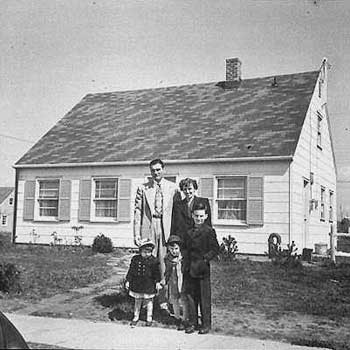Room for Aesthetics


Now taking a step back what would it be like to not be able to make decisions about the environment in which you live because you could not afford any other options. This one hurts to think about. Again, design is a constant part of my life so how would I cope not being able to design and craft my surroundings or even take the time to appreciate good design. This goes back to studio and thinking about poverty and the survival mentality. Living day to day and paycheck to paycheck, not being able to look beyond the essentials because attaining them is a large enough challenge.
This then made me ask myself, what does design for people in poverty look like? Do people in poverty seek out, as the reading states, nouveau rich environments? Do they want Modern design or as the reading lists the Georgian styling of the middle classes or is it something else? What would people ask for and idealize if they had the opportunity and the room to seek out aesthetics and design?


Gray, I am intrigued at the thought of low income, low cost housing aesthetics. While there certainly are famous example of successful social housing and what those begin to look like, I think the question of "aesthetics" can be looked at from the viewpoint of the early modernist. Le Corbusier's idea that the house is a machine for living is certainly applicable in this case. There is a beauty found in the usability of the floors, walls and roof and the transition from building to home.
ReplyDeleteYour question on 'what does design for people in poverty look like' is an intriguing and one that I keep wrestling with. On one hand, I want to believe that designing with a restrictive budget would push for more architectural innovation that still pleases the eye without sacrificing function. On the other hand, I feel like something has to give.
ReplyDeleteI think you are asking a lot of really great questions Gray. It seems, unfortunately, that there is a disconnect between architects and low-income families, stemming from the fact that there is little to no money to be made (revenue would almost certainly be lost) from these families. It's a sad fact that I've spent a lot of time mulling over. Outside of charitable contributions or volunteer work, how can the profession bring their services to a client that cannot afford the services? What personal or economic sacrifices will architects have to make to reverse course on the exclusionary path that the profession has traditionally traveled?
ReplyDelete